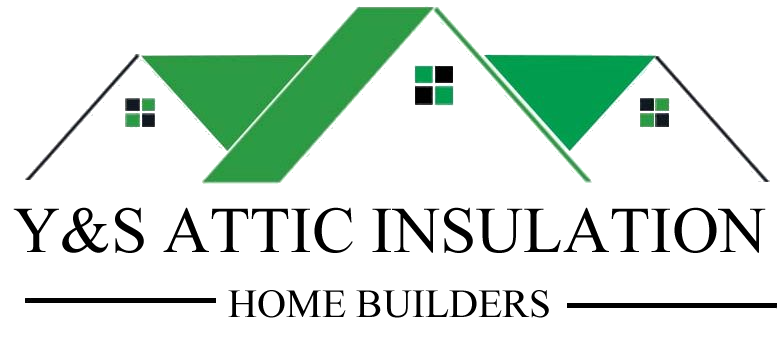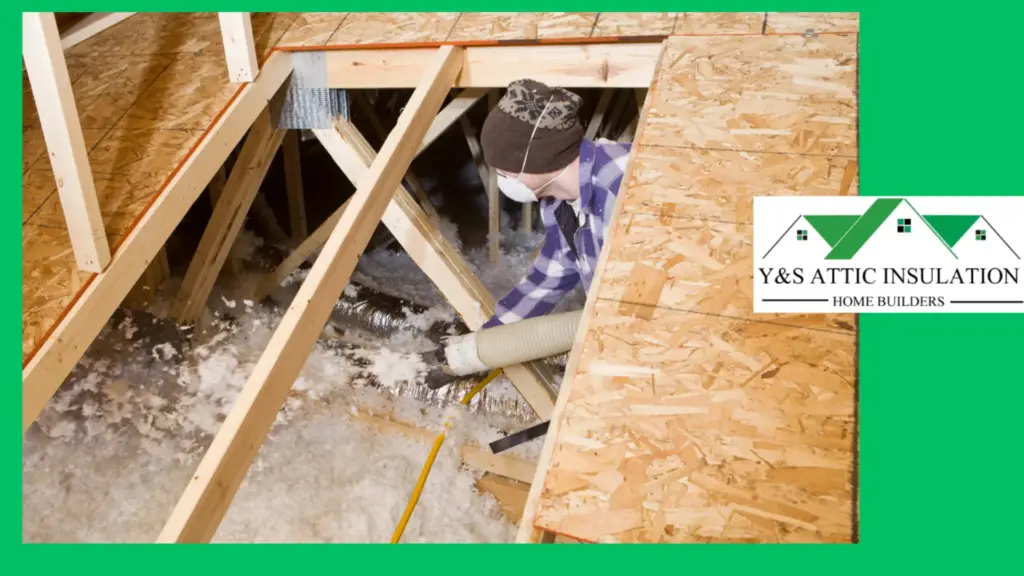Attic insulation is often misunderstood, leading to missed opportunities for improving energy efficiency and home comfort. Misconceptions surrounding its effectiveness and necessity can result in higher utility bills and inconsistent indoor temperatures. Clarifying these myths helps homeowners make informed decisions and optimize their home’s energy performance.
The Truth About Attic Insulation in Calabasas
One common misconception is that homes in warmer climates like Calabasas don’t need attic insulation. However, insulation plays a crucial role in preventing heat transfer, keeping indoor spaces cooler during hot summers. Without proper insulation, attics can become heat traps, forcing air conditioning systems to work harder. Insulating your attic helps maintain a comfortable indoor temperature while reducing energy consumption, even in regions where winter heating demands are minimal.
Why Attic Insulation in Santa Monica Is Essential
Another myth is that newer homes, such as those in Santa Monica, come with sufficient attic insulation. While modern construction often includes basic insulation, it may not meet optimal energy efficiency standards. Over time, insulation can also degrade or become less effective due to moisture or pests. Upgrading or reinforcing existing insulation ensures that your home stays energy-efficient and comfortable, regardless of its age.
Insulation and Air Sealing Are the Same
A frequent misunderstanding is equating attic insulation with air sealing. While both are critical to energy efficiency, they serve different purposes. Insulation reduces heat transfer, while air sealing prevents air leaks that can undermine insulation’s effectiveness. Together, they create a comprehensive barrier against energy loss. Neglecting either component can lead to drafts, uneven temperatures, and higher energy bills, emphasizing the need for a holistic approach.
More Insulation Doesn’t Always Mean Better Performance
Many believe that simply adding more attic insulation guarantees improved energy efficiency. While the amount of insulation is important, factors like the type of insulation and proper installation are equally crucial. Over-insulating without addressing ventilation or air sealing can trap moisture, leading to mold and reduced effectiveness. Professional assessments ensure that insulation levels are optimized for your specific home, balancing performance and cost-efficiency.
Learn more about attic insulation:
The Role of Attic Insulation in Energy Efficiency
What is Attic Insulation and Why Is It Important?


